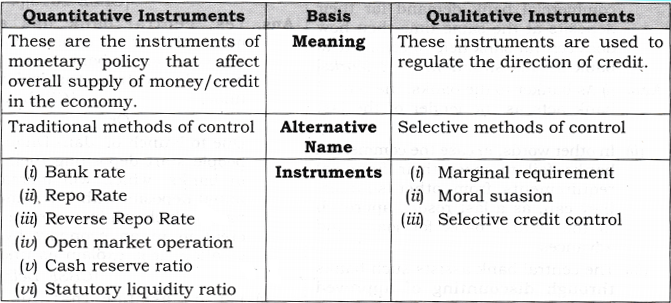Indian Economy
Reverse Repo Normalisation
- 01 Feb 2022
- 7 min read
For Prelims: RBI, Repo Rate, Reverse Repo Rate, Reverse Repo Normalisation, Monetary Policy Normalisation
For Mains: Monetary Policy, Growth & Development, RBI and its Monetary Policy Tools.
Why in News?
In a recent report, State Bank of India has stated that it believes the stage is set for a Reverse Repo Normalisation in India.
- The Repurchase agreement (Repo) and the Reverse repo agreement are two key tools used by the Reserve Bank of India (RBI) to control the money supply.
- The tools used by the Central bank to control money supply can be quantitative or qualitative.
What are Repo and Reverse Repo Rates?
- About:
- Repo rate is the rate at which the central bank of a country (RBI in case of India) lends money to commercial banks in the event of any shortfall of funds. Here, the central bank purchases the security.
- The reverse repo is the interest rate that the RBI pays to the commercial banks when they park their excess “liquidity” (money) with the RBI. The reverse repo, thus, is the exact opposite of the repo rate.
- Significance:
- Under normal circumstances, that is when the economy is growing at a healthy pace, the repo rate becomes the benchmark interest rate in the economy.
- That’s because it is the lowest rate of interest at which funds can be borrowed. As such, the repo rate forms the floor interest rate for all other interest rates in the economy - be it the rate for a car loan or a home loan or the interest earned on fixed deposit etc.
- When the RBI pumps more and more liquidity into the market but there are no takers of fresh loans — either because the banks are unwilling to lend or because there is no genuine demand for new loans in the economy.
- In such a scenario, the action shifts from repo rate to reverse repo rate because banks are no longer interested in borrowing money from the RBI.
- Rather they are more interested in parking their excess liquidity with the RBI. And that is how the reverse repo becomes the actual benchmark interest rate in the economy.
What is Reverse Repo Normalisation?
- About:
- It means the reverse repo rates will go up i.e. raising the reverse repo rate in one or two stages.
- In the face of rising inflation, several central banks across the world have either increased interest rates or signalled that they would do so soon.
- In India, too, it is expected that the RBI will raise the repo rate. But before that, it is expected that the RBI will raise the reverse repo rate and reduce the gap between the two rates.
- Significance:
- The process of normalisation is mainly aimed at curbing inflation.
- However, it will not only reduce excess liquidity but also result in higher interest rates across the board in the Indian economy.
- Thus reducing the demand for money among consumers (since it would make more sense to just keep the money in the bank) and making it costlier for businesses to borrow fresh loans.
What is Monetary Policy Normalisation?
- The RBI keeps changing the total amount of money in the economy to ensure smooth functioning. As such, when the RBI wants to boost economic activity it adopts a so-called “loose monetary policy”.
- There are two parts to such a policy:
- Injecting Liquidity in the Economy: It does so by buying government bonds from the market. As the RBI buys these bonds, it pays back money to the bondholders, thus injecting more money into the economy.
- Lowering Interest Rate: Two, the RBI also lowers the interest rate it charges banks when it lends money to them; this rate is called the repo rate.
- By lowering the interest rate at which it lends money to commercial banks, the RBI hopes that the commercial banks (and the rest of the banking system), in turn, will feel incentivised to lower interest rates.
- Lower interest rates and more liquidity, together, are expected to boost both consumption and production in the economy.
- For a consumer, it would now pay less to keep the money in the bank — thus it incentivises current consumption. For firms and entrepreneurs, it would make more sense to borrow money to start a new enterprise because interest rates are lower.
- The reverse of a loose monetary policy is a “tight monetary policy” and it involves the RBI raising interest rates and sucking liquidity out of the economy by selling bonds (and taking money out of the system).
- When any central bank finds that a loose monetary policy has started becoming counterproductive (for example, when it leads to a higher inflation rate), the central bank “normalises the policy” by tightening the monetary policy stance.







